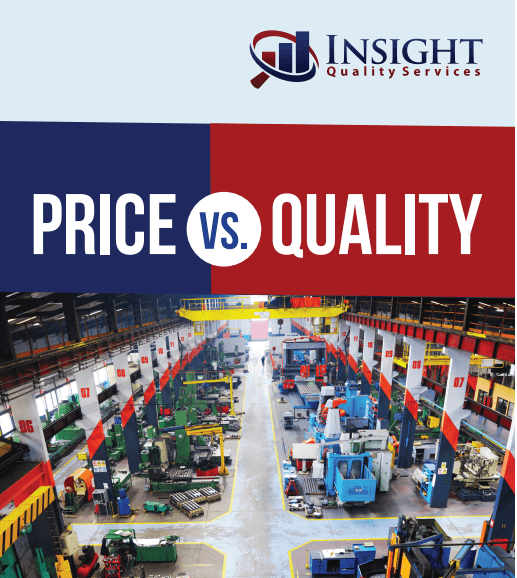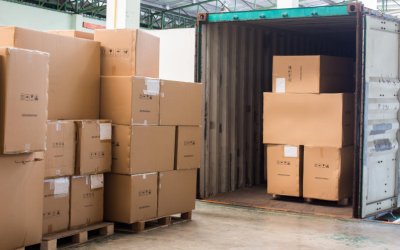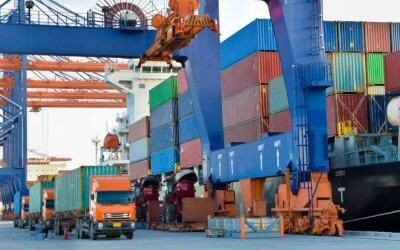If you’ve just ventured into international trade, then you’ve no doubt come across the acronyms FOB and CIF. Likely, you have already used one or the other in your initial transactions. Nevertheless, you may still not be entirely certain of the difference between them or have established which one makes more sense for your business.
This article takes an in-depth look at these two international shipping terms, describing what each entails and the significant differences between them. We believe that this understanding will help you make the right choice for your business situation going forward.
Table of Contents
FOB vs. CIF: Introduction
The acronyms FOB (Free on Board) and CIF (Cost, Insurance, and Freight) are two of the most common Incoterms used in international trade. Incoterms, also called International Commerce Terms, are trading agreements established by the International Chamber of Commerce to regulate international trade.
Specifically, Incoterms are legally binding agreements that seek to establish the responsibility and liability of goods during international shipping. FOB and CIF give direction on who holds responsibility for the goods being shipped between the buyer and the seller. They also stipulate at what point this responsibility shifts to the other party and who is responsible for shipping costs and insurance for the said goods.
Overview of FOB
In FOB or Free on Board, the seller is responsible for the goods until they reach the port and are loaded into a freight carrier in the country of origin. Once the goods cross the ship’s rail, responsibility and liability immediately shift to the buyer. This includes freight insurance and shipping costs.
The most significant advantage of using FOB as a buyer is that you may be able to save on costs in freight and insurance, rather than going with what the seller quotes when you buy CIF. You will also have better control over shipping schedules. The downside is that as a buyer, you assume responsibility for the goods during shipping, and if any issues were to arise, you would have to deal with them individually.
Overview of CIF
In CIF or Cost, Insurance, and Freight, responsibility for the goods lies with the seller until they are delivered to the buyer’s final port of destination. Therefore, the seller is responsible for clearing the goods for export, freight charges, insurance, and the necessary documentation. Once the goods reach the ship’s railing at the final destination, their ownership immediately shifts to the buyer.
The most significant advantage of using CIF as a buyer is that you do not undertake any risk or liability for your goods until they reach the final port of destination. You also don’t have to deal with complicated paperwork beyond making payment to the seller. The downside with CIF is that you will likely pay a premium for the convenience it affords. Similarly, you are forced to work with the seller’s timelines, and any delays may end up costing you money.
FOB or CIF? Making the Right Choice for Your Situation
The major differences between FOB and CIF arise in terms of cost and responsibility for the goods. As seen in FOB, the seller’s responsibility ends at the port of origin, and the buyer is responsible for the goods while in transit. In CIF, the seller is responsible for the goods until they arrive at the buyer’s final point of destination.
While CIF is more convenient for buyers, it is also more costly and gives more control over the goods to the seller. On the other hand, FOB may end up being cheaper for the buyer but carries more liability. Experienced international traders who have established logistics networks often buy FOB.
If you are a new importer, it may be advisable to use CIF for the first few transactions. This will allow you time to better understand the intricacies of international shipping and what works best for your business.
Additional Thoughts on Managing Your Risk as an Importer
Aside from the risks involved in international shipping, you take on other risks as an importer. These include the risk of receiving low-quality products from your manufacturer. Once your shipment leaves the factory, it is generally too late to do very much about the situation if your products are in poor condition.
There have been many horror stories of importers who received their goods only to discover they were not in the condition they expected. By the time they received the shipment a month or so later, there was little recourse since the factory could not take the goods back and remake them.
For this reason, consider hiring a third-party inspection company to conduct product inspections while your goods are still at the factory. Doing so will help you verify their condition and ensure product quality before shipping. Your products’ quality is a reflection of your brand. Product inspections can help you protect your reputation and avoid poor product reviews and returns.
It is important to strike the right balance between your products’ price and their quality. To learn more about how to achieve this balance, we recommend reading our free guide, Price vs. Quality.
Price vs. Quality: What You Need to Know
When you’re making products to sell in the marketplace, you have to consider the tradeoffs between price and quality. Sometimes, producing better quality products can lead to paying a higher price for manufacturing. Download our free white paper, Price vs. Quality, to learn how to produce great quality while keeping your costs low.





0 Comments